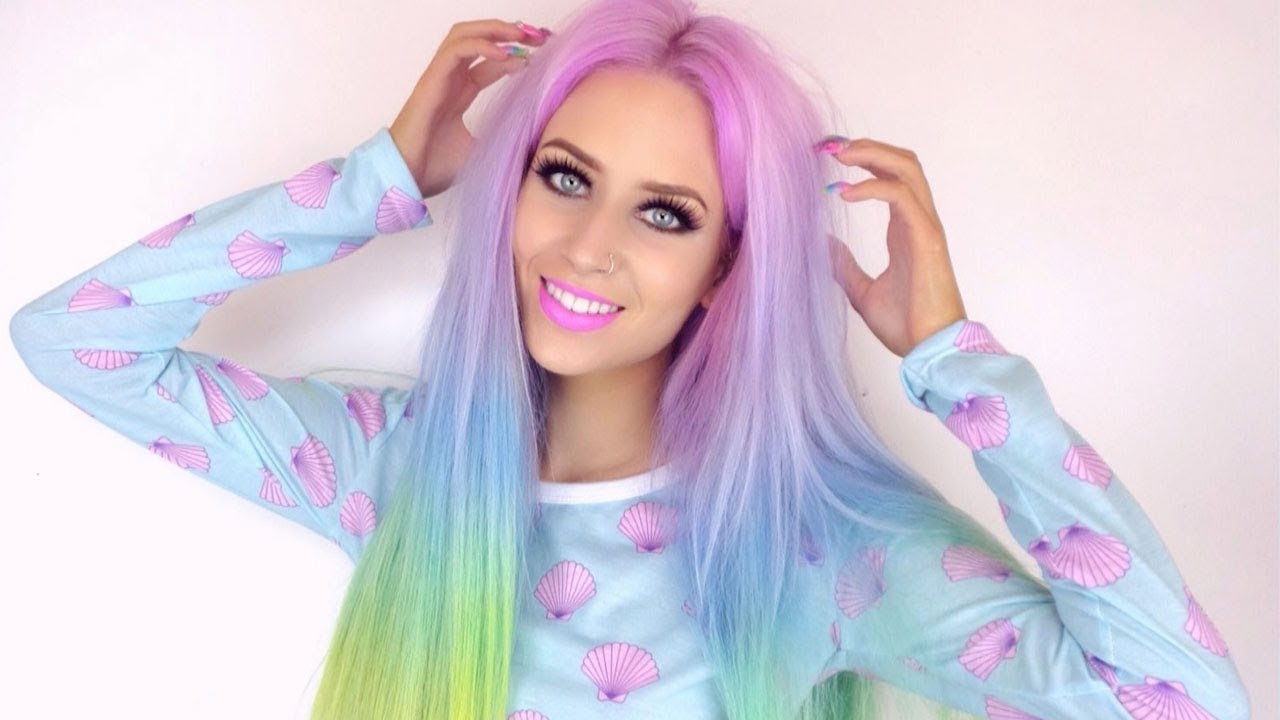There are several types of weave hair, such as sew-in weaves, clip-in weaves, and single-tied weaves. The basic weave method involves placing layers of Hair around a natural part – the exposed part of the scalp. The part can be located anywhere on the head, but is usually in the center or slightly off-center. The part position can’t be changed once the weave has been placed. The part should be about 0.5 inches (1 cm) wide, and placed about halfway back on the head.
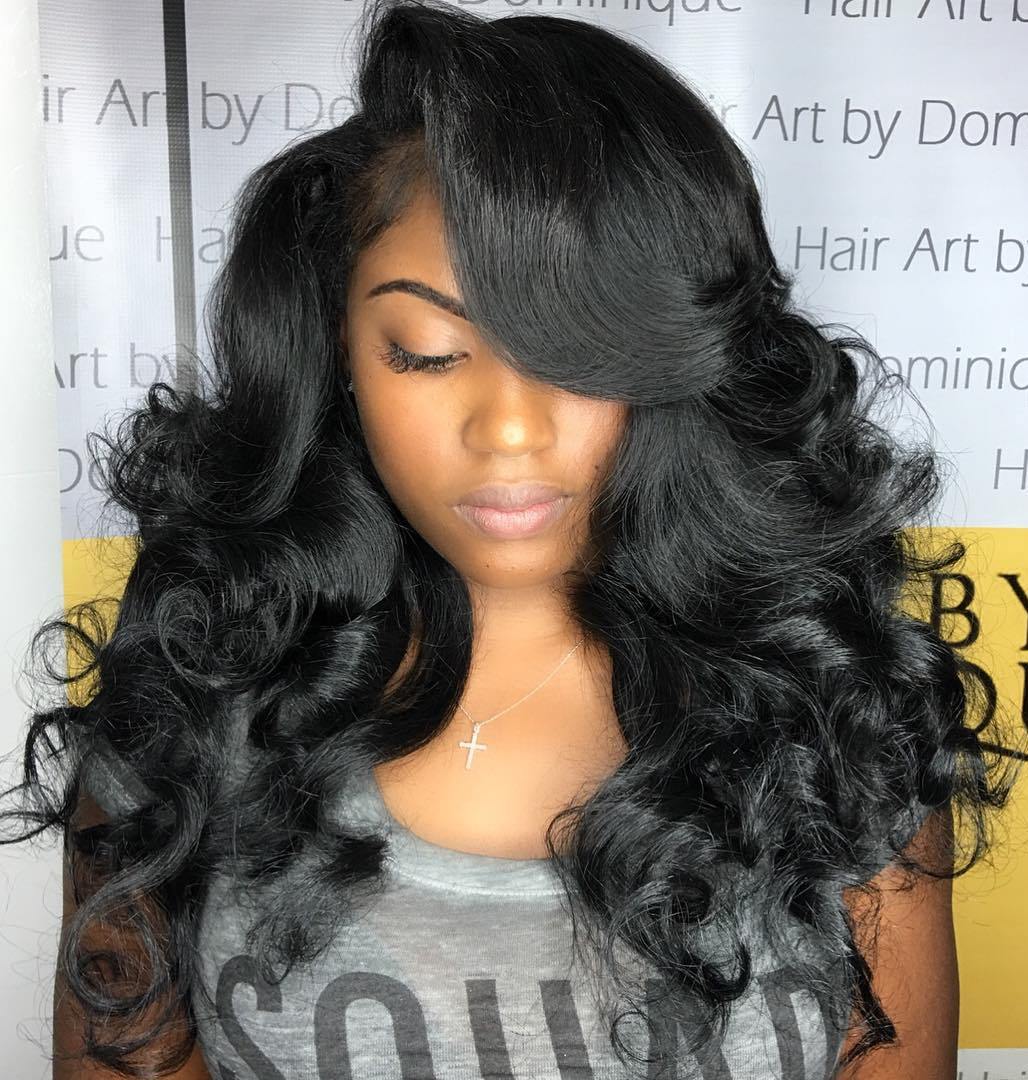
Sew-in weaves
Sew-in weaves are a great way to experiment with your hair and change up your look. They can be made from human Hair or synthetic hair and come in a variety of textures and colors. They protect your natural Hair from weather and heat while giving you the option to experiment with different colors, lengths, and textures.
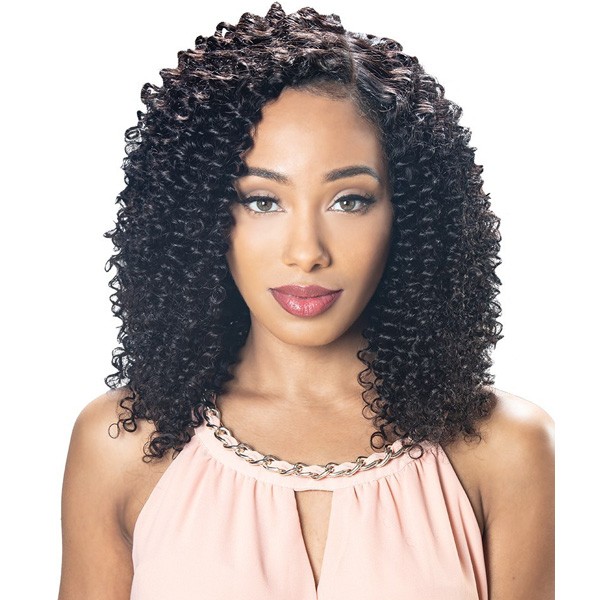
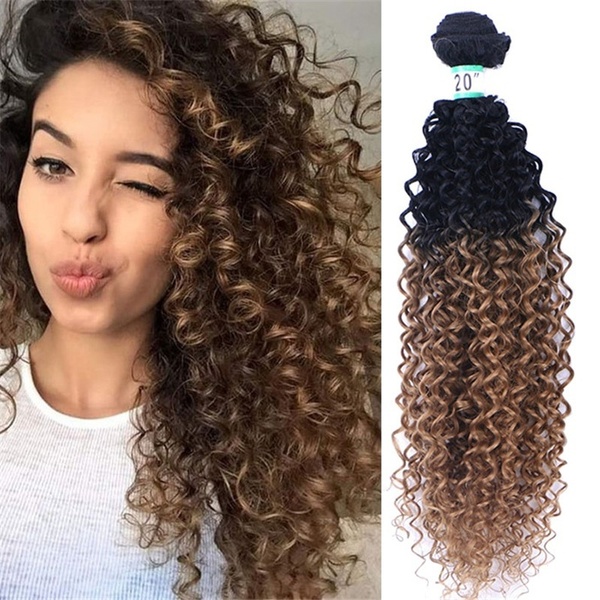
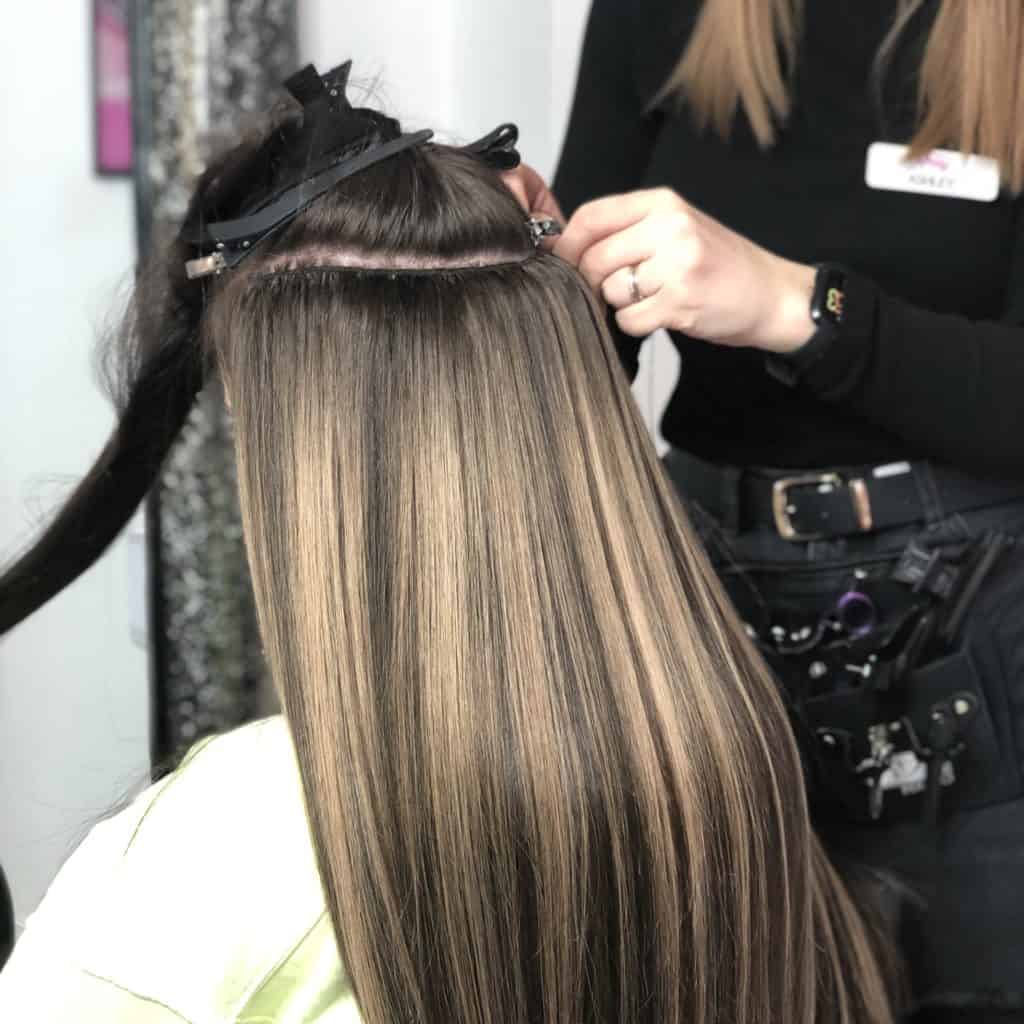
Sew-in weaves are made for all types of hair, including fine, dry, or thick. They are generally suitable for all hair textures, although coarser Hair may hold up better to constant manipulation. However, those with sensitive scalps may have problems with the initial tension, as the braiding pattern is very tight on the scalp. However, as the weave is worn over time, the tension will eventually loosen.
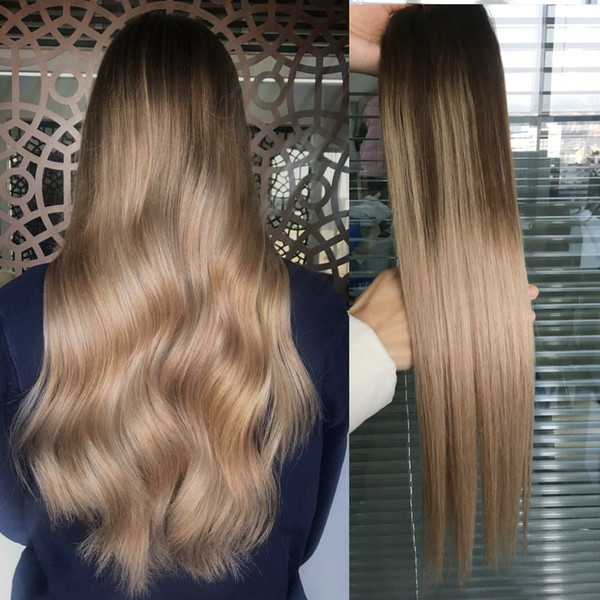
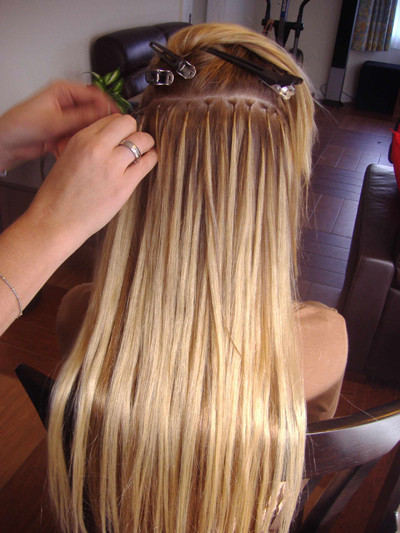
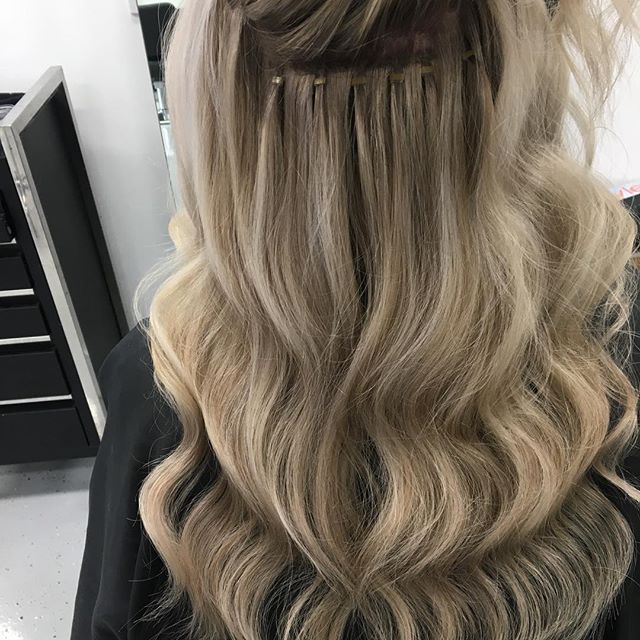
Sew-ins are also beneficial for those with damaged hair. Sew-in weaves can help your natural Hair grow longer, and the spaces between them allow your scalp to breathe. Using proper hair care techniques can help your sew-ins last longer. They also can be colored and styled easily.
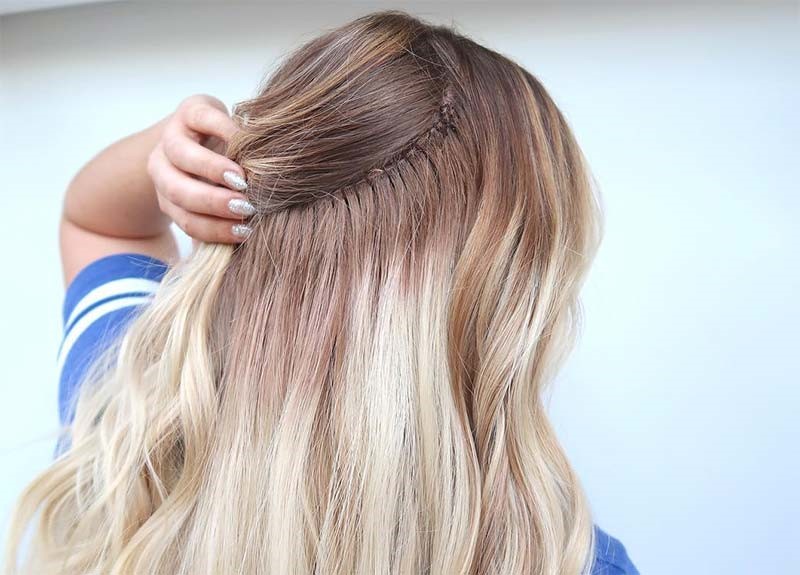
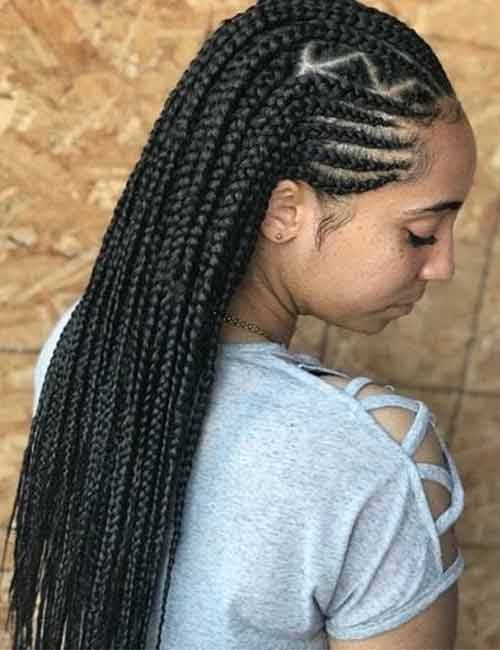
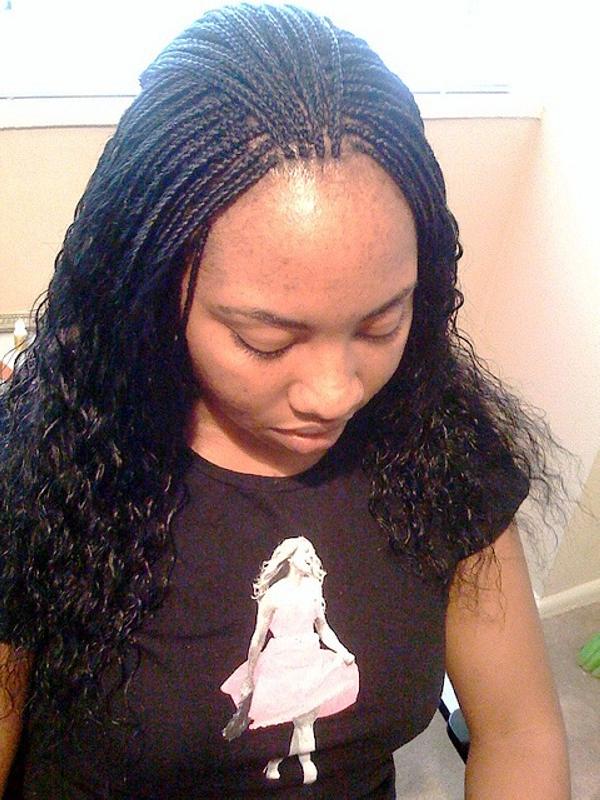
If cared for properly, sew-in weaves can last for six to eight weeks. They should be conditioned and non-shedding at least twice a week. In addition to conditioning, sew-in weaves need to be brushed daily. For extra durability, you should use a shampoo specifically made for hair extensions.
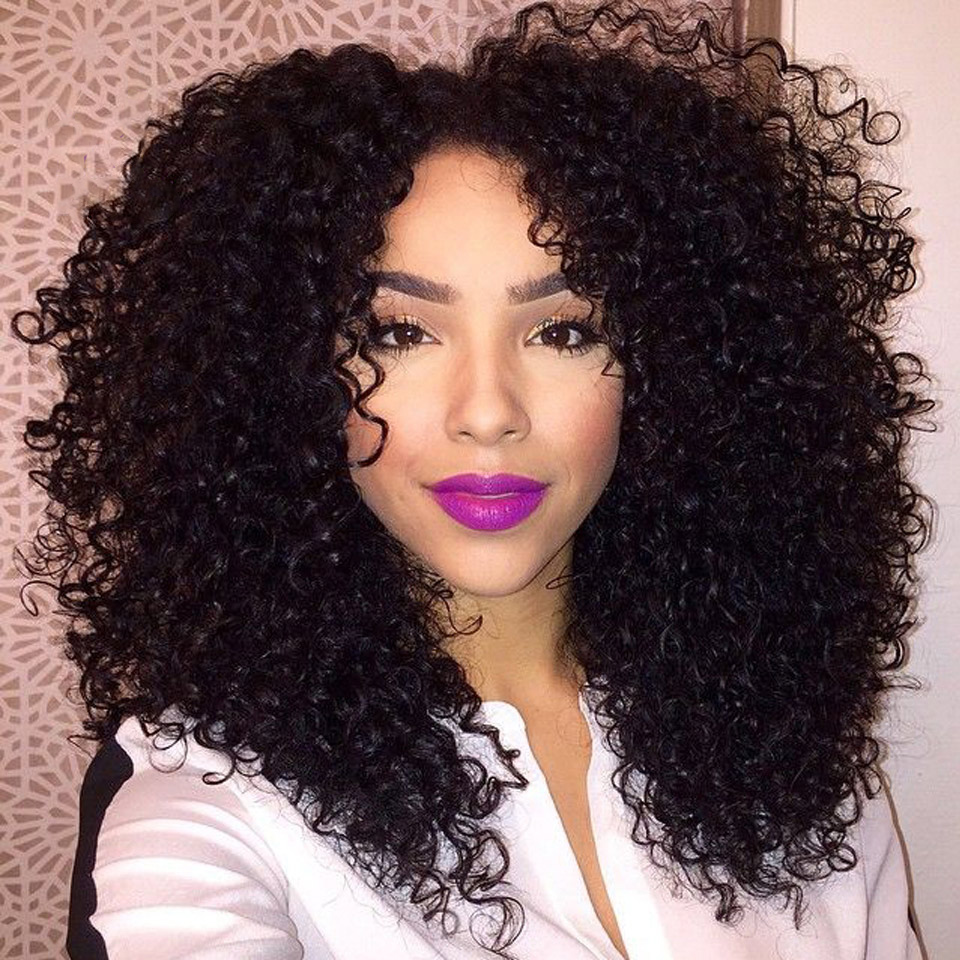

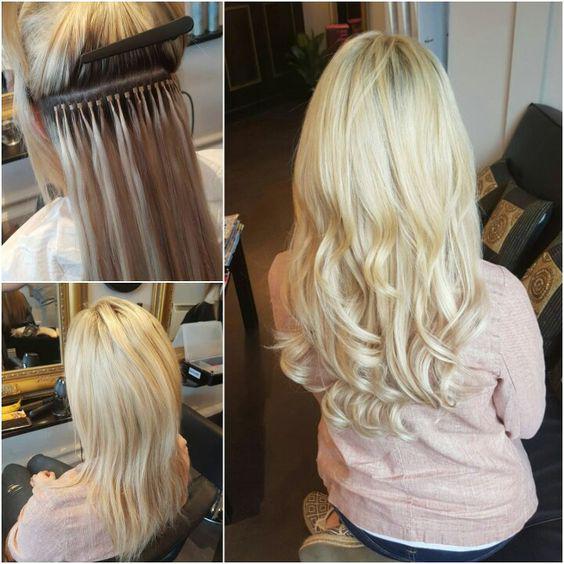
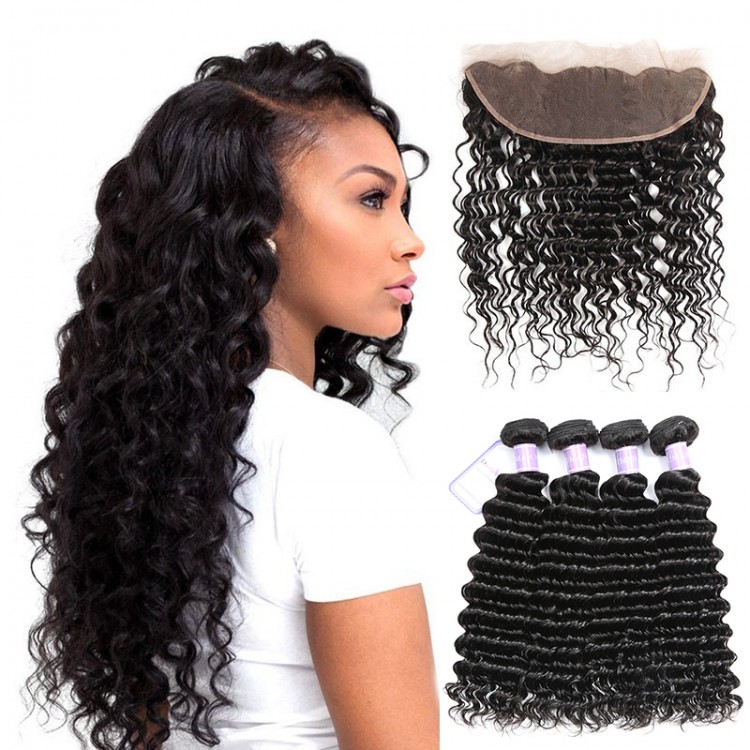
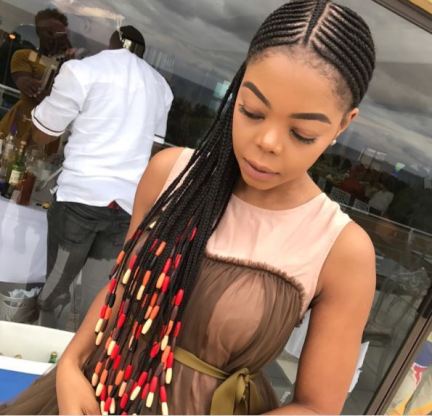
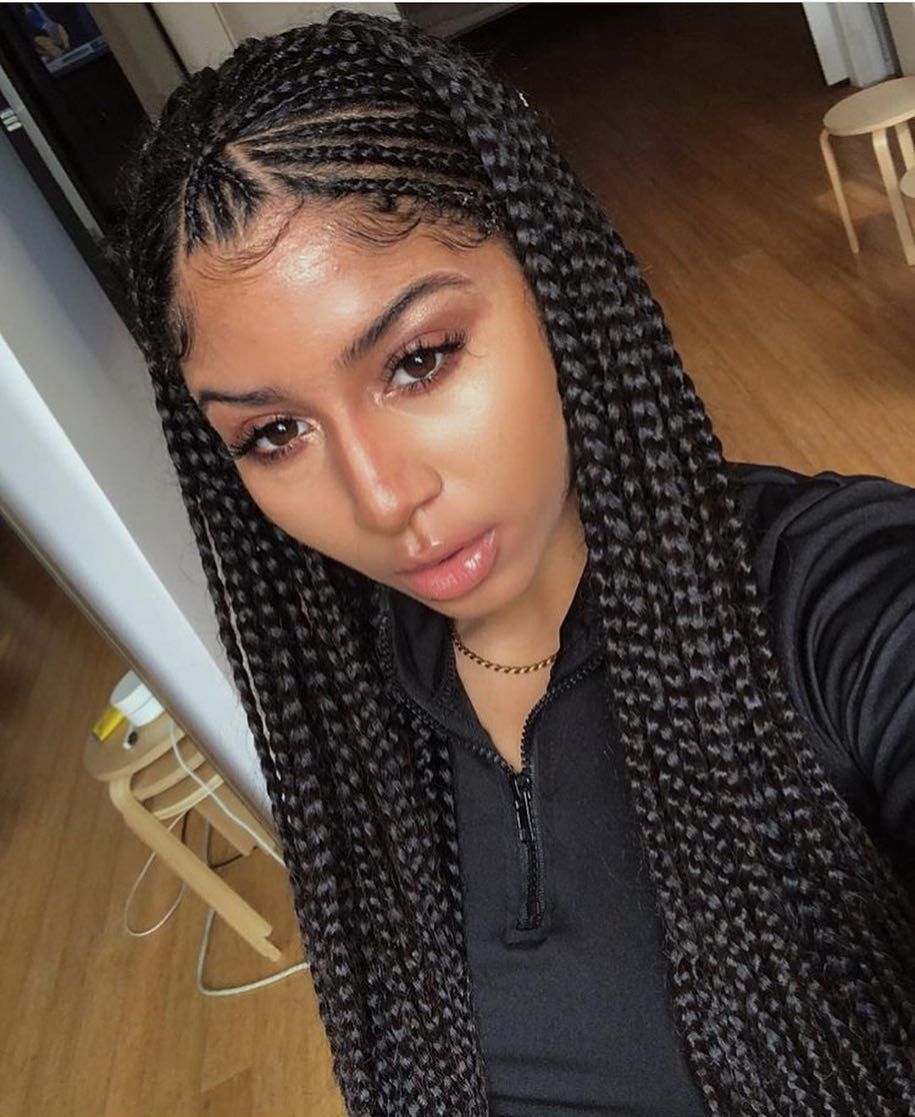
Clip-in weaves
Clip-in weaves are very convenient and easy to install. They use small clips which are sewn onto human hair wefts. They can range in length from two to eight inches. They can be easily installed in under two minutes. For best results, use 100% human Hair. Ensure the color of the wefts matches your natural hair color.
Clip-in weaves are also known as clip-in hair extensions. They attach to natural hair using pressure clips which are tightly sewn into the weft. The clips are often dyed in a color similar to the natural hair. These extensions are a convenient and safe way to add length and volume to your hair without having to visit a hair salon. Some clip-in weaves require no glue at all.
Clip-in weaves have a few drawbacks. They can be difficult to remove, and they do not fit flat against the scalp. You have to learn how to position the wefts in the right way. They can also be difficult to apply to short hair. Short hair makes the clips visible and makes it more difficult to blend the extensions into the hair.
Quick weaves
Before attempting a quick weave, you need to learn the proper techniques for installing it. First, you should measure your head to determine the size of your hair. Then, apply the hair extensions starting from the back of your head, working inwards. Once you’ve finished, you should let the hair out a little and then style it to suit your needs.
A quick weave may cause itching, so it’s important to allow the weave to breathe. Also, you should be mindful of the hair products you use. You don’t want to use heavy hair sprays, as these can trap itch-causing bacteria. In addition, they won’t properly moisturize the scalp, which is essential for healthy hair.
Another benefit of quick weaves is the protection they provide for your natural hair. These protective styles are best worn during hot or cold temperatures, as they protect the natural hair from frizz, dryness, and brittleness. And because they are fast to apply, they can also last a long time.
A quick weave can look stunning in many different styles. A long pixie can be styled into a faux mohawk, while a short asymmetrical bob can make a quick weave stand out. If you want to make your quick weave even more unique, consider using a lace frontal. It will open up styling options, and you can even add a touch of balayage to it.
Single tied wefts
Hand-tied wefts are the preferred weft for many consumers. Compared to conventional bundles, they are more lightweight and lay flat against the head. They also tend to be higher quality. In addition, they allow for more creativity and can be worn with a variety of styles. Plus, they are competitively priced.
These wefts require a bit more maintenance than clip-in hair extensions, but they also offer a beautiful glossy finish. Many people choose to use these wefts because of the full look they give to their hairstyles. They usually need to be retied and tightened every six to 12 weeks, depending on how often you visit your stylist.
Wefts can be categorized into two types: hand-tied and sewing machine-made. Hand-tied wefts are tied in the client’s hair by hand, while machine-tied ones are sewn together. Both types of wefts have their strengths and weaknesses, and stylists must be able to distinguish between them before they can select the right one for a particular client.
Single-tied wefts in weave hair are cheaper than double-tied wefts, but they don’t provide as much volume as double-weft extensions do. Also, they are much heavier than single-tied ones. Single-tied wefts can be a better choice if you want to save money while getting an ultra-glamorous look.
Length of weave
There are various types of weave hair, with different lengths. The length of a weave can vary from about eight inches to more than twenty-eight inches. It can be difficult to find hair that is longer than this, so it’s best to consider your personal preference when choosing the length of your weave.
A medium length weave is typically between fourteen and sixteen inches long. This length can transform short hairstyles past the collarbone. A longer weave, at 18 or 20 inches, can go all the way to the middle of the back. If you’d like to go even longer, consider a 22-inch length weave, which can stretch to the ribs.
A long hair weave can be shaped and curled in many ways. However, it can also require more time to maintain than a shorter one. A longer weave can also accommodate several styles and allow you to change it whenever you want. Long hair can be versatile, and it’s the most common choice for fashion-conscious women.
When choosing a length for your weave, remember that your natural hair colour should complement the style you’ve chosen. You can also experiment with different colours or textures to find the perfect match for your hair.
Cost
When you’re trying to decide on the cost of a weave hair purchase, you have a number of factors to take into account. The quality of the hair, its collection method, and the amount of chemical processing will determine the final cost. Quality hair won’t shed much and will last a long time. Human hair is generally considered to be of higher quality than synthetic hair.
The average cost of a weave can range anywhere from $200 to $1,500. The price is dependent on whether you’d like a high-quality weave or one that will last for a short period of time. Synthetic hair will cost you less, but it won’t last as long as human hair.
When choosing a weave, be aware that costs can vary widely depending on the installation method. Micro-link and tape-in installs will cost more, while sew-in and glue-in installations will cost you less. In addition, you’ll need to pay for styling and maintenance, which will add to the overall cost of a weave.
When choosing the cost of a weave hair, you should consider your budget and lifestyle before making a decision. Also, you should choose the style that’s best suited for your lifestyle and budget.
How to Choose Weave Hair
When choosing a weave, there are several factors to consider before making the decision. One important factor is the quality of the hair used. You should look for human hair if possible. You should also consider the cost of the process. A professional can help you choose the right weave for your budget. Also, keep in mind that there are several types of weaves, including seamless weaves.
Seamless weaves
Seamless weaves are the ultimate zero-waste garment manufacturing process. They incorporate research, technology innovations, and applied apparel design. In addition, they offer the ultimate convenience, since they don’t interfere with natural hair. And, unlike traditional weaving methods, seamless weaves can be applied to any garment-making process.
Seamless weaves are a popular choice for those who want to add length and volume without damaging their natural hair. They do not use chemicals or glues and require little to no maintenance. They are an easy option for those with thin or fine hair. These extensions come in a variety of styles, from short to long, and provide a natural look.
Human hair
Using a human hair weave is a great way to add more body and volume to your hair. It gives you an entire new layer of hair without sacrificing style or length. Many women find that longer hair makes them look more youthful. Thinning hair is a common problem associated with age, so it’s especially important to add length to your locks.
Human hair weaves can be styled and colored with heat styling tools. You should wash and condition your weave every two to three weeks, if possible. Be sure to use a moisturizing shampoo and leave-in conditioner. It is also important to avoid the sun, as it can fade the color of your weave.
Before you buy your human hair weave, be sure to check the quality of the hair. It is important to avoid cheap products, as they may not last for long. You can save money by buying wholesale hair, but you can’t compromise the quality. Buying from a reputable vendor will ensure that your hair will be high-quality.
Human hair weaves are typically made from hair that has been donated. Donations may come from cancer patients, those who have lost their hair, or individuals who simply don’t have enough hair to grow their own hair. In some cases, hair is given as a form of religious sacrifice. In some poor countries, women grow their hair long and use it to create human hair weaves. These women sign contracts with a factory that uses the hair.
Human hair from the Peruvian hair is one of the most popular types of hair, and its multi-purpose appearance makes it an ideal choice for African American women. Peruvian hair is made with a medium-coarse texture, making it a versatile hair choice. This type of hair is especially suitable for African American women, as it has a relaxed and natural look.
Human hair weave is a popular hair extension method, and is the cheapest way to add length, volume, and texture to your hair. Most weaves can last anywhere from three to four months. Many people opt for human hair weaves over synthetic hair extensions, because they look more natural and can be heat styled easily.
Cost
A weave can cost anywhere from $200 to $1,500. The quality of the weave and the salon you use can affect the price. Generally, you can expect to pay more for a high-quality weave. However, there are cheaper options as well. For example, partial weaves are less expensive than full weaves.
The first thing to consider is the quality of the hair you’re going to use. Generally, hair that is high quality will last longer and have less shedding. Also, the hair is more durable and won’t need to be processed frequently. Also, higher quality hair will last longer and blend in better with your natural hair. Human hair is considered the highest quality, and it will cost more than synthetic hair.
If you want to purchase high-quality weave hair, make sure to look for products that are labeled “100% human hair” or “Remy hair.” These terms indicate the hair is the highest quality. However, intentional mislabeling is common in this industry, and it is important to be careful when making your purchase. Make sure to research the companies behind the hair extensions you choose, and be wary of “hybrid” products that contain horsehair and plastic.
Another factor that influences the price of weave hair is the salon you choose. While a full head of bonded-in weaves can last anywhere from four to eight weeks, they will require special care to ensure that they don’t damage your hair. Therefore, it is important to choose a salon that offers professional services and is reputable.
The second factor to consider is the quality of the weave. Although weaving hair is non-surgical and has many benefits, it can be unnatural and cause a person to feel uncomfortable. The weave can also cause a person to develop problems with their scalp. Moreover, they cannot wash their hair daily, so they’ll need to take special care of it to prevent infections. Some infections could even lead to the permanent loss of hair follicles. In addition, the hair can become tangled and scabbed, and the hair is more likely to develop a bad odor.
Installation
If you want to learn how to install weave hair, you should start at a cosmetology school. The instructor will show you the different methods and let you practice. The more experience you have with hair extensions, the more clients you’ll be able to attract. While most people choose weaves to add length, there are also styles that give shorter styles.
When choosing a style, remember to match the texture and thickness of your natural hair. It’s also important to clean the weave before installation to avoid stressing the scalp. Also, when wearing an updo, make sure you tie your hair back to avoid stressing the scalp. A long hairstyle also puts pressure on the scalp because gravity pulls on it.
If you want to try a new style or color, you can use a weave. Just remember that you should use a wide-tooth comb to detangle it. It is also important to moisturize your hair after installation, since it makes the weave easier to remove. Also, make sure to wash your ends regularly, since this will keep your natural hair healthy.
